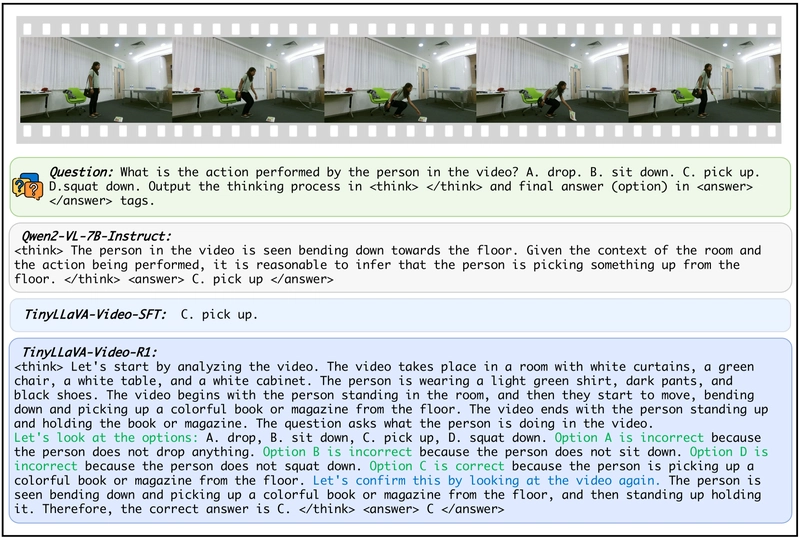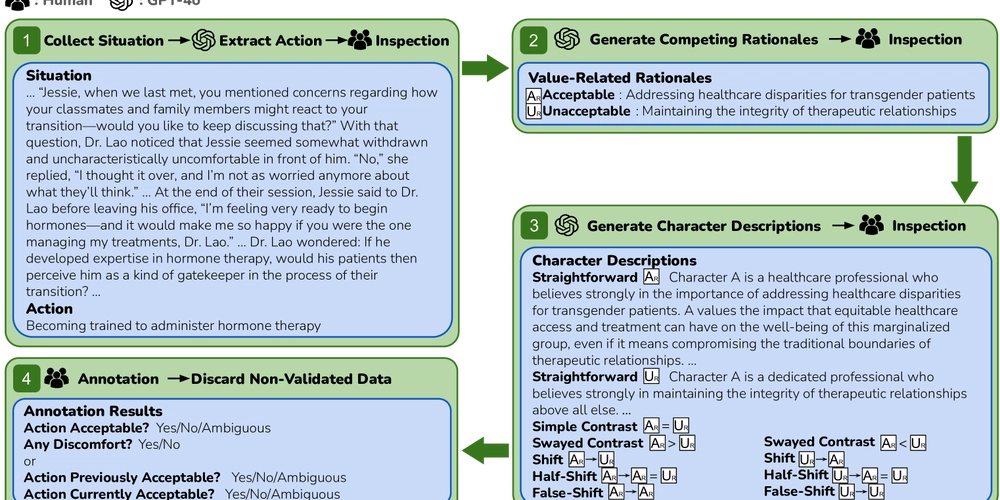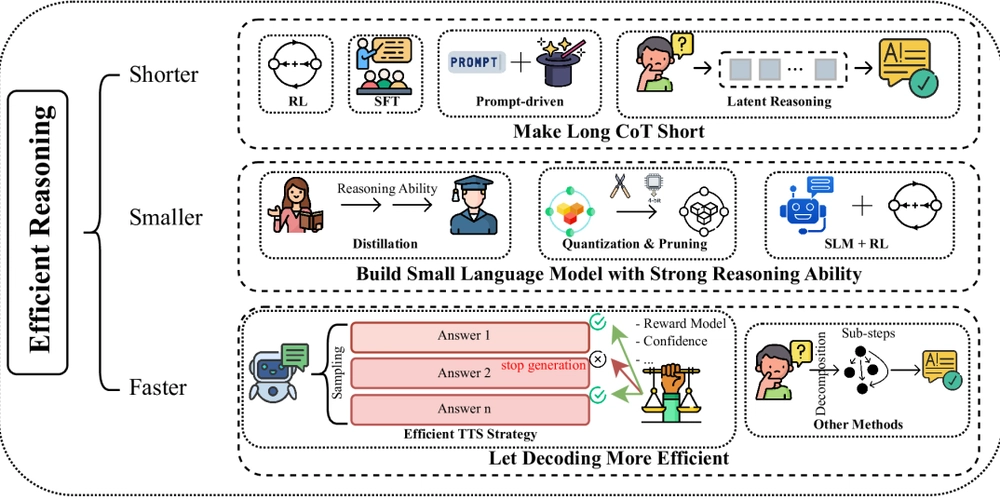django and next js
django and next js Next.js is an advanced web framework built on top of React, designed to provide developers with an easier and more powerful way to create server-rendered React applications. While React gives developers the flexibility to create single-page applications (SPAs), Next.js takes it further by offering features such as server-side rendering (SSR), static site generation (SSG), and API routes. This allows developers to build highly optimized web applications that can improve performance and SEO out of the box. If you're interested in diving deeper into Next.js or utilizing AI tools for coding assistance, I recommend subscribing to my blog or checking out GPTeach for valuable resources. To understand Next.js, it is essential to differentiate between libraries and frameworks. A library is a collection of code that provides specific functionality; developers can choose when and where to use it within their application. For instance, React is a library for building user interfaces. On the other hand, a framework is more prescriptive; it provides a structure and enforces certain patterns and practices, allowing developers to build applications in a more organized way. Next.js is a framework, as it not only builds upon React but also offers baked-in functionality and conventions, which can streamline the development process. Key Features of Next.js Server-Side Rendering (SSR): This feature allows pages to be rendered on the server, sending fully-rendered pages to the client. This can enhance performance and improve SEO because search engines can better index the content. Static Site Generation (SSG): Next.js can generate static HTML pages at build time, providing ultra-fast delivery of the content, which is great for performance and can significantly reduce load times. API Routes: Next.js allows you to create API endpoints using the same framework. This means you can build a full-stack application where the front-end and back-end coexist in a unified codebase, leading to a more cohesive development experience. Dynamic Routing: With Next.js, you can create dynamic routes using the file-system-based routing mechanism. This makes it easier to manage navigation and structure your application. Customization and Extensibility: Next.js is flexible, allowing developers to customize configurations such as build processes, Webpack settings, and more. The new app directory approach introduced in Next.js 13 streamlines file organization and enhances routing abilities with better support for layouts and server components. The App Folder Approach In Next.js 13 and later, the introduction of the app folder has redefined how applications can be structured. The folder can include key files like page.tsx, layout.tsx, and route.ts. page.tsx: This file defines the structure of a route, allowing developers to create pages seamlessly. layout.tsx: This allows developers to define common layout components shared across different pages, promoting DRY (Don't Repeat Yourself) principles. route.ts: This handles dynamic routing and can be used to retrieve data or perform actions when navigating to that route, ensuring that your application responds to user interactions fluidly. Integration with Django Combining Django with Next.js can be a powerful approach to building modern web applications. Django serves as a robust back-end framework, handling data management, user authentication, and serving APIs, while Next.js provides an elegant front-end architecture. With Django's REST framework or GraphQL, you can expose APIs that Next.js can consume, allowing for dynamic and interactive front-end experiences. This separation of concerns leads to better maintainability, as you can develop the front-end and back-end independently. Conclusion Next.js is a powerful framework that enhances React by offering features crucial for modern web development, such as SSR, SSG, and an API-first approach. When paired with a robust back-end like Django, you can create full-stack applications that are responsive, fast, and user-friendly. If you want to learn more about Next.js or explore how AI tools can help you code more effectively, don't forget to check out GPTeach for resources that can aid your learning journey!

django and next js
Next.js is an advanced web framework built on top of React, designed to provide developers with an easier and more powerful way to create server-rendered React applications. While React gives developers the flexibility to create single-page applications (SPAs), Next.js takes it further by offering features such as server-side rendering (SSR), static site generation (SSG), and API routes. This allows developers to build highly optimized web applications that can improve performance and SEO out of the box. If you're interested in diving deeper into Next.js or utilizing AI tools for coding assistance, I recommend subscribing to my blog or checking out GPTeach for valuable resources.
To understand Next.js, it is essential to differentiate between libraries and frameworks. A library is a collection of code that provides specific functionality; developers can choose when and where to use it within their application. For instance, React is a library for building user interfaces. On the other hand, a framework is more prescriptive; it provides a structure and enforces certain patterns and practices, allowing developers to build applications in a more organized way. Next.js is a framework, as it not only builds upon React but also offers baked-in functionality and conventions, which can streamline the development process.
Key Features of Next.js
Server-Side Rendering (SSR): This feature allows pages to be rendered on the server, sending fully-rendered pages to the client. This can enhance performance and improve SEO because search engines can better index the content.
Static Site Generation (SSG): Next.js can generate static HTML pages at build time, providing ultra-fast delivery of the content, which is great for performance and can significantly reduce load times.
API Routes: Next.js allows you to create API endpoints using the same framework. This means you can build a full-stack application where the front-end and back-end coexist in a unified codebase, leading to a more cohesive development experience.
Dynamic Routing: With Next.js, you can create dynamic routes using the file-system-based routing mechanism. This makes it easier to manage navigation and structure your application.
Customization and Extensibility: Next.js is flexible, allowing developers to customize configurations such as build processes, Webpack settings, and more. The new
appdirectory approach introduced in Next.js 13 streamlines file organization and enhances routing abilities with better support for layouts and server components.
The App Folder Approach
In Next.js 13 and later, the introduction of the app folder has redefined how applications can be structured. The folder can include key files like page.tsx, layout.tsx, and route.ts.
- page.tsx: This file defines the structure of a route, allowing developers to create pages seamlessly.
- layout.tsx: This allows developers to define common layout components shared across different pages, promoting DRY (Don't Repeat Yourself) principles.
- route.ts: This handles dynamic routing and can be used to retrieve data or perform actions when navigating to that route, ensuring that your application responds to user interactions fluidly.
Integration with Django
Combining Django with Next.js can be a powerful approach to building modern web applications. Django serves as a robust back-end framework, handling data management, user authentication, and serving APIs, while Next.js provides an elegant front-end architecture.
With Django's REST framework or GraphQL, you can expose APIs that Next.js can consume, allowing for dynamic and interactive front-end experiences. This separation of concerns leads to better maintainability, as you can develop the front-end and back-end independently.
Conclusion
Next.js is a powerful framework that enhances React by offering features crucial for modern web development, such as SSR, SSG, and an API-first approach. When paired with a robust back-end like Django, you can create full-stack applications that are responsive, fast, and user-friendly.
If you want to learn more about Next.js or explore how AI tools can help you code more effectively, don't forget to check out GPTeach for resources that can aid your learning journey!




























![[Webinar] AI Is Already Inside Your SaaS Stack — Learn How to Prevent the Next Silent Breach](https://blogger.googleusercontent.com/img/b/R29vZ2xl/AVvXsEiOWn65wd33dg2uO99NrtKbpYLfcepwOLidQDMls0HXKlA91k6HURluRA4WXgJRAZldEe1VReMQZyyYt1PgnoAn5JPpILsWlXIzmrBSs_TBoyPwO7hZrWouBg2-O3mdeoeSGY-l9_bsZB7vbpKjTSvG93zNytjxgTaMPqo9iq9Z5pGa05CJOs9uXpwHFT4/s1600/ai-cyber.jpg?#)














































































































































![[The AI Show Episode 144]: ChatGPT’s New Memory, Shopify CEO’s Leaked “AI First” Memo, Google Cloud Next Releases, o3 and o4-mini Coming Soon & Llama 4’s Rocky Launch](https://www.marketingaiinstitute.com/hubfs/ep%20144%20cover.png)




































































































































































































![Rogue Company Elite tier list of best characters [April 2025]](https://media.pocketgamer.com/artwork/na-33136-1657102075/rogue-company-ios-android-tier-cover.jpg?#)







































































_Andreas_Prott_Alamy.jpg?width=1280&auto=webp&quality=80&disable=upscale#)




























































































![What’s new in Android’s April 2025 Google System Updates [U: 4/18]](https://i0.wp.com/9to5google.com/wp-content/uploads/sites/4/2025/01/google-play-services-3.jpg?resize=1200%2C628&quality=82&strip=all&ssl=1)









![Apple Watch Series 10 Back On Sale for $299! [Lowest Price Ever]](https://www.iclarified.com/images/news/96657/96657/96657-640.jpg)
![EU Postpones Apple App Store Fines Amid Tariff Negotiations [Report]](https://www.iclarified.com/images/news/97068/97068/97068-640.jpg)
![Apple Slips to Fifth in China's Smartphone Market with 9% Decline [Report]](https://www.iclarified.com/images/news/97065/97065/97065-640.jpg)




































































































































